Sediment accumulation patterns on the slopes and abyssal plain of the southern Gulf of Mexico
Misael Díaz-Asencio, Vicente Ferreira Bartrina, Juan Carlos Herguera Abstract Here we present new results on the spatial distribution patterns of lithogenic and biogenic components and sedimentation processes in the deep-water region (966-3741 m) of the southern Gulf...Lagrangian Geography of the Deep Gulf of Mexico
P. MIRON AND F. J. BERON-VERA, M. J. OLASCOAGA, G. FROYLAND, P. PÉREZ-BRUNIUS AND J. SHEINBAUM DOI: 10.1175/JPO-D-18-0073.1 ABSTRACT Using trajectories from acoustically tracked (RAFOS) floats in the Gulf of Mexico, we construct a geography of its Lagrangian...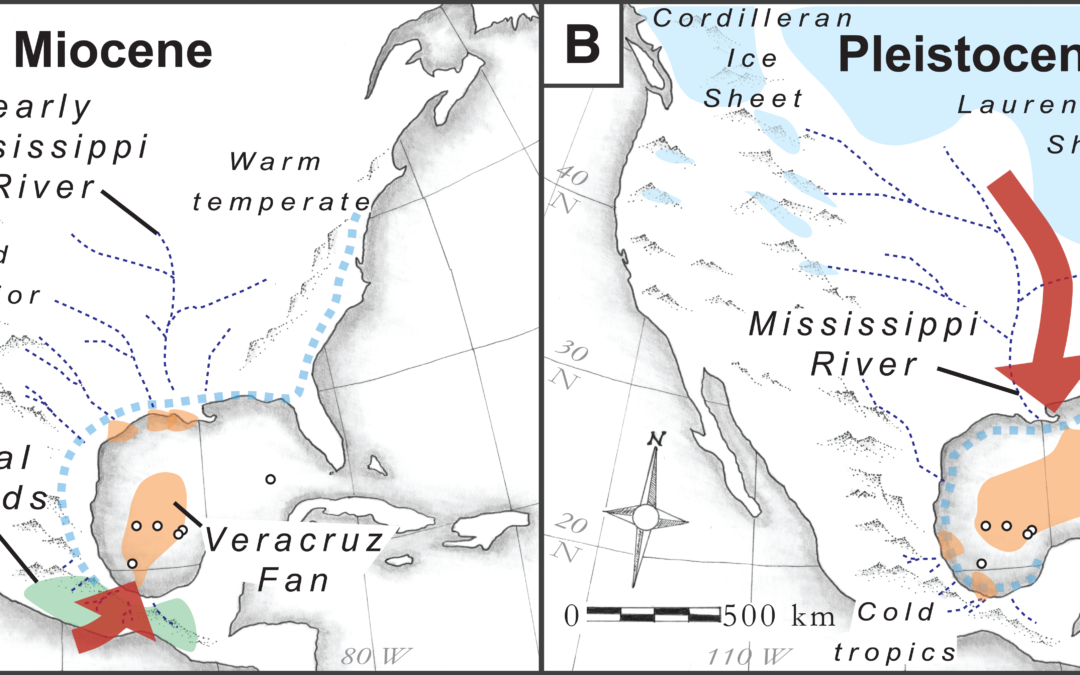
Ice Age Climate Caused Sediment Sourcing 180 in Gulf of Mexico
The onset of the most recent ice age about 2.6 million years ago changed where the western Gulf of Mexico gets its supply of sediments. The finding adds new insight into how extreme climate change can directly impact fundamental geological processes and how those...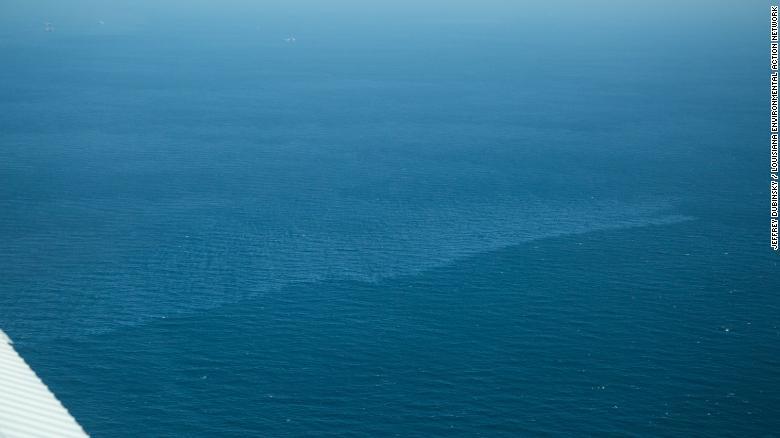
Un derrame de petróleo del que nunca has oído hablar podría ser uno de los mayores desastres ambientales en Estados Unidos
«El derrame de petróleo Taylor comenzó cuando una plataforma petrolera perteneciente a Taylor Energy se dañó y se hundió durante un deslizamiento de tierra causado por el huracán Iván, en 2004. Sin embargo, no fue hasta 2010, después del derrame de petróleo de BP, que...Oceanology International, San Diego, del 25 al 27 de febrero 2019
Conectando la Comunidad de Tecnología Oceánica en las Américas “Oceanology International es un evento obligatorio para cualquier persona que explore, monitoree, desarrolle o proteja los océanos del mundo, desde los fondos marinos hasta la superficie y más...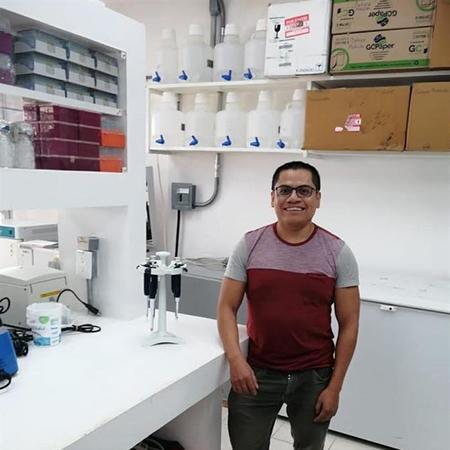
Con bacterias, México restaura ecosistemas acuáticos dañados por el petróleo
Fotografía cedida hoy por el Centro de Investigación y de Estudios Avanzados (Cinvestav) del Instituto Politécnico Nacional (IPN) de México que muestra al investigador Daniel Cerqueda tras una entrevista con Efe, en Ciudad de México (México). EFE/SOLO USO EDITORIAL...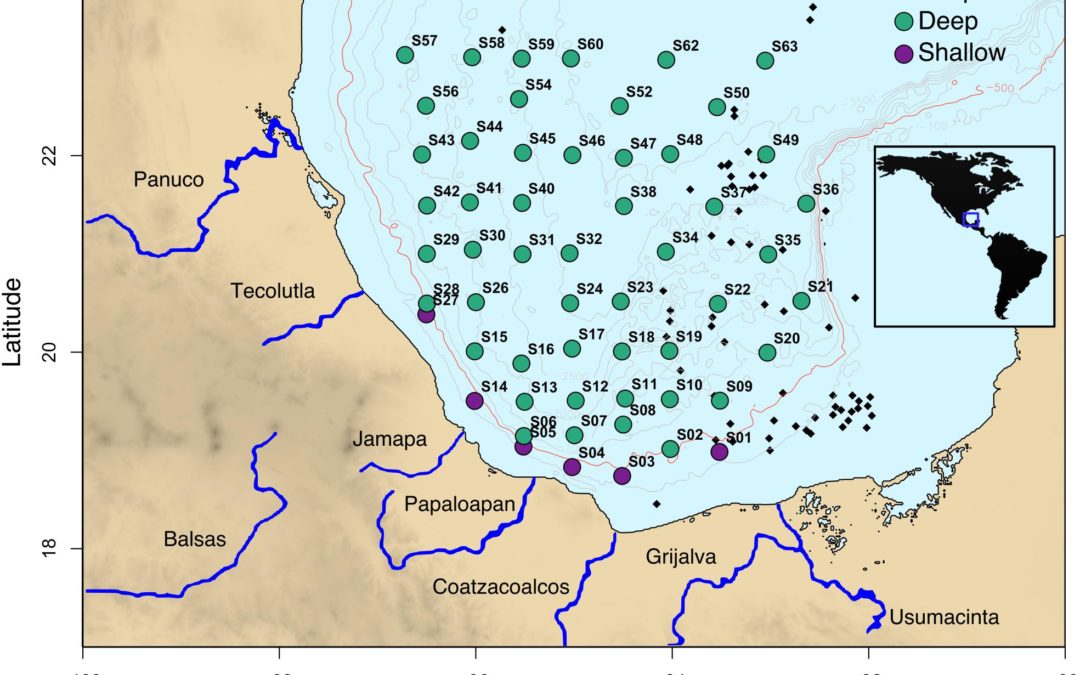
Bacterial Diversity and the Geochemical Landscape in the Southwestern Gulf of Mexico
Front. Microbiol., 18 October 2018 | https://doi.org/10.3389/fmicb.2018.02528 E. Ernestina Godoy-Lozano1†, Alejandra Escobar-Zepeda1†, Luciana Raggi1†‡, Enrique Merino1, Rosa Maria Gutierrez-Rios1, Katy Juarez1, Lorenzo Segovia1, Alexei Fedorovish Licea-Navarro2,...
Recortes presupuestales merman trabajo de los Centros Conacyt
En entrevista, los directores del Centro de Investigación Científica y de Educación Superior de Ensenada y de El Colegio de la Frontera Sur explican en qué consiste el trabajo de investigación de estas instituciones y los problemas presupuestales que enfrentan ya...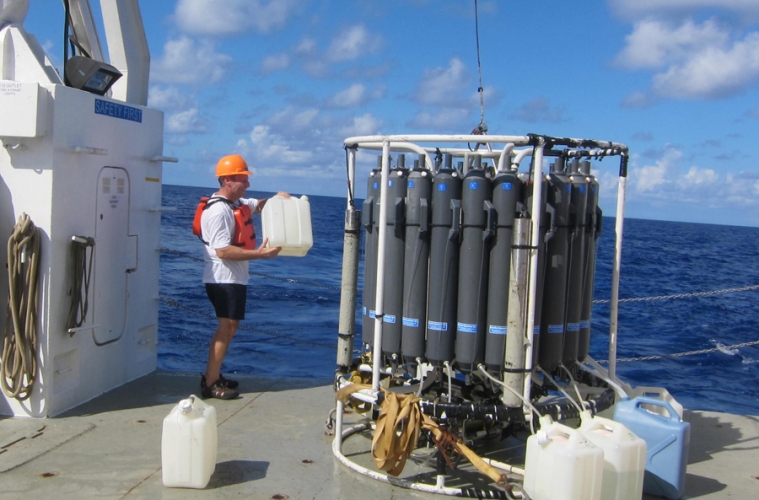
Científicos analizan el ecosistema del Golfo de México
Una de las investigaciones del CIGoM estudia el ambiente marino y sus especies, para diseñar estrategias ante contingencias relacionadas con la producción de hidrocarburos. The Gulf of Mexico Research Consortium (CIGoM) tiene la misión de diseñar...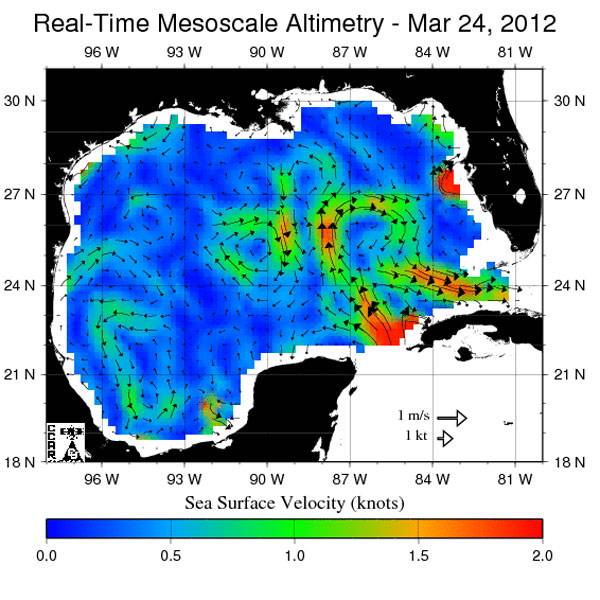
New Research on Gulf of Mexico Loop Current
Gulf of Mexico Sea-surface altitude indicating surface current speed (Image: Louisiana State University / NOAA) More than $10 million in grant funding has been awarded for a group of new projects that aim to fill research gaps in order to help improve understanding...High Performance Open Source Lagrangian Oil Spill Model
Andrea Anguiano-García, Olmo Zavala-Romero, Jorge Zavala-Hidalgo, Julio Antonio Lara-Hernández, and Rosario Romero-Centeno DOIhttps://doi.org/10.1007/978-3-030-10448-1_11 Abstract An oil spill particle dispersion model implemented in Julia, a high- performance...
New insights into the circulation in the Western Gulf of Mexico from Eulerian, Lagrangian and Autonomous observing platforms
Figure 1 CANEK mooring positions and GMOG glider & GIOLA drifter trajectories from different projects between 2007-18. The Western Gulf of Mexico (WGoM) has been continuously monitored by the CANEK group from the Centro de Investigación Científica y de Educación...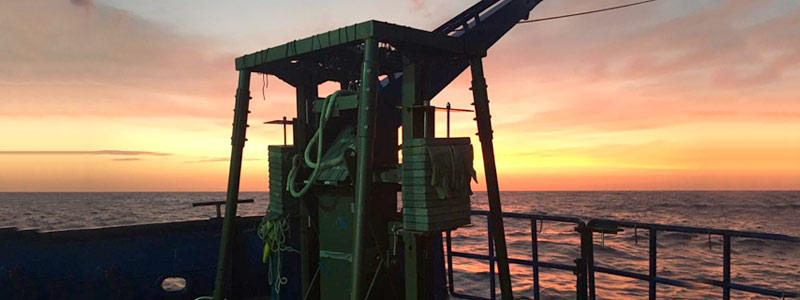
Microorganismos que degradan petróleo hallados en el golfo de México
En el golfo de México, desde la superficie hasta los tres mil 500 metros de profundidad existen bacterias que, mediante diferentes estrategias, degradan el petróleo. ¿Quiénes son? ¿Cómo lo hacen? ¿Cómo podrían llegar a hacerlo en caso de un derrame de crudo? Son algunas preguntas que guían el trabajo de especialistas del Consorcio de Investigación del Golfo de México (CIGoM).
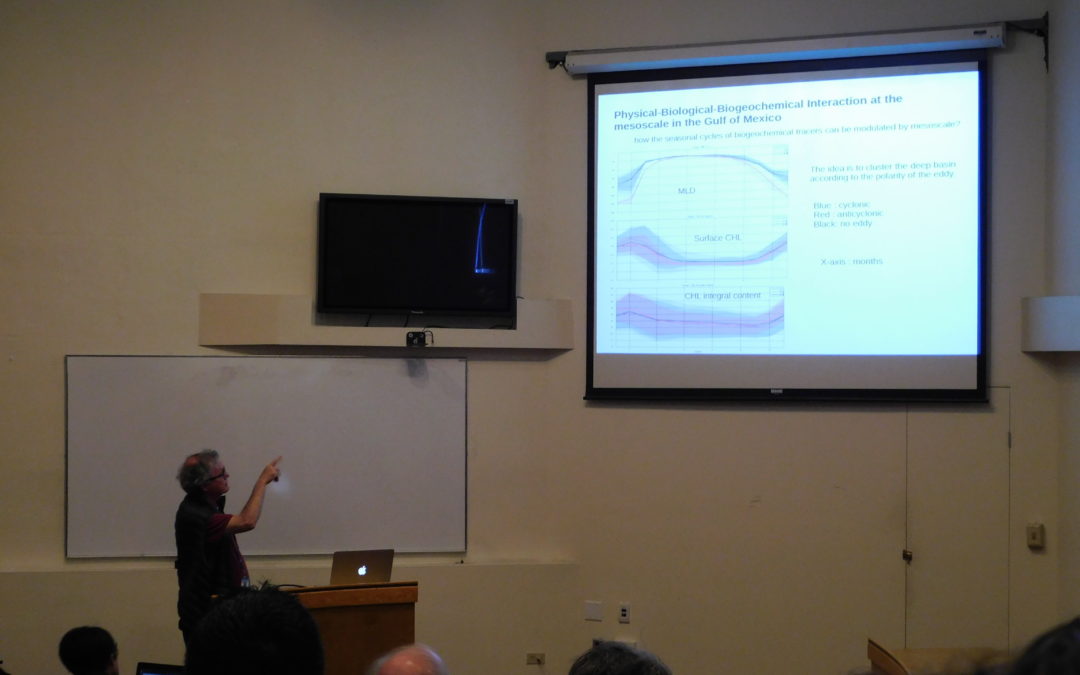

Recent Comments